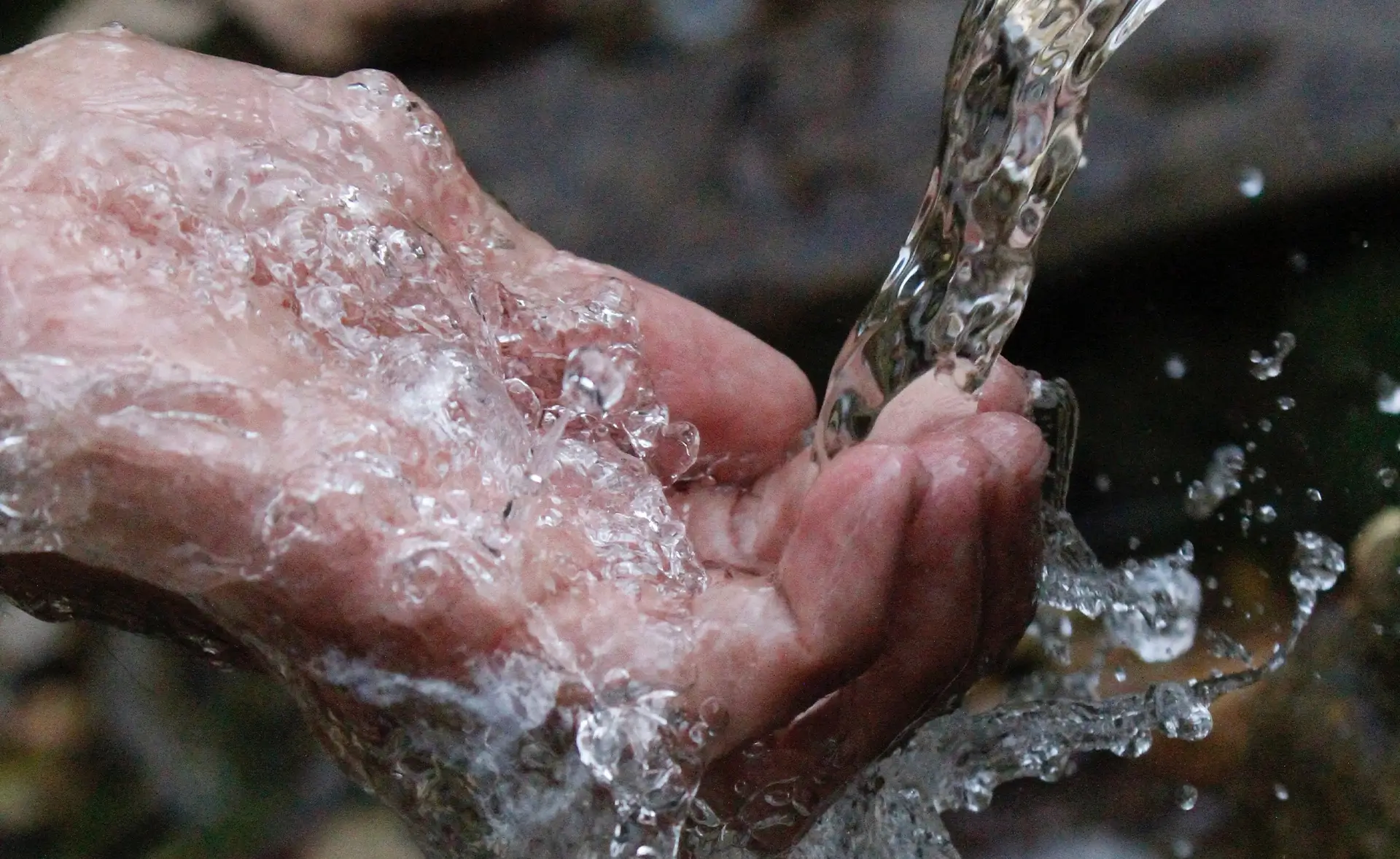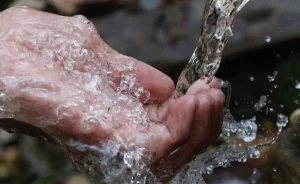This article describes how to install a faucet in your home: from choosing the right fixtures for your project to installing it correctly. However, remember that professional plumbers guarantee their work, so you may consider hiring a professional for this job.
What is a faucet?
A faucet is a plumbing fixture used to dispense hot, cold, or room temperature water through the faucet using a single pipe system. The most common types of faucets are used for bathroom and kitchen sinks, but there are many other types, including bathtub and laundry room faucets.
Prepare for the installation
Ensure you have the right tools, enough time to complete the job, and plenty of space to work in. DIY plumbing projects can commonly be quite stressful, so make sure that you are well equipped from the beginning to minimize any issues.
Also, make sure you have enough light to work by. It can be aggravating not to be able to see what you are doing while you are working.
Before starting any plumbing project, you will want to check your local laws regarding permits and licenses. You will always want to ensure that any upgrades you or a professional perform on your house are appropriately documented and permitted to avoid future issues.
1. Shut the water supply off
Shut the water supply to the building off. Turn both water shut-off valves under your sink clockwise until fully closed. Many faucet valves only take a quarter turn to be closed, so ensure you do not over-tighten it and damage the valve. Turning the valve off will ensure no water can get through while installing your new faucet.
Make sure there is no pressure in the line before beginning this project. If there is pressure, open up the faucet so that air can vent out; then close it again once everything has stopped running through properly.
2. Disconnect the old water lines
Now that the water is turned off to the faucet, you can disconnect its water lines.
Use a couple of wrenches to disconnect hoses from the faucet and pull them away from the sink. Disconnect them from the shut-off valve if you need to replace your supply lines. Ensure that you use a wrench to hold the shut-off valve still when removing the supply line. You do not want to break a water line by accident.
3. Unscrew the old faucet
This is where you get to unscrew the old faucet. Most new faucets come with a wrench to make this easy for you, but if you need to buy one, it’s worth it! This application has specific wrenches that will help you get into hard-to-reach places.
Start by loosening the nuts under your countertop that are holding your old faucet in place. You should be able to unscrew the mounting nuts by hand if they aren’t too tight (it’s okay if they are). Older faucets may have corroded and you will need to use your wrench to get them free.
Once all of these are loose, it should feel like nothing is holding your old faucet in place anymore—but don’t rejoice just yet! Be careful not to pull on anything prematurely while trying to remove it. Remember that connections are still attached underneath that need special care when pulled out of place so as not to cause leaks.
4. Remove the old faucet
Once you have removed any mounting hardware from the bottom of your faucet, it is time to remove it. Lift on one end of the faucet and pull it out of place while gently pulling up on any hoses connected to it. You may need to use a razor knife or a small prying tool to break the faucet free from the sink. You will want to ensure that your supply hoses do not catch on any plumbing or anything that could be damaged while you pull your faucet out.
5. Replace lines and shut-offs if necessary
Replace supply lines and shut-offs if necessary. If your old ones are damaged, you should replace them with new durable lines. If replacing the shut-offs, ensure the main water supply to your home has been shut off and that they fit appropriately before installing them.
6. Install the new faucet
When installing a new faucet, ensure you are putting it in the right place and that all your pipes are going into their correct positions. If these things don’t match up correctly, there’s no point in continuing this process. You will need to ensure that your new faucet uses the same number of holes through the sink as your old one.
You will put your new faucet in place, guiding all hoses and pieces through the mounting holes. Next, you will utilize the hardware provided and secure the faucet from underneath, ensuring that it is stable and secure.
Ensure you have the right parts and tools. While most faucets can be installed by hand, they are normally designed to be installed with a wrench or ratchet wrench.
7. Connect water lines to the new faucet
Now that you have installed your new faucet, it’s time to connect the water lines—connect the hot water line to a hot supply valve under the sink. Then do the same thing with the cold-water supply valve but use a wrench to tighten these connections securely. This may take some muscle!
8. Turn the water back on
Turn the shut-off valves counterclockwise to turn the water back on. Once the water has turned on, you can check for leaks and then try out your new faucet.
9. Check for leaks
Once you’ve completed the installation, check for leaks. Check all connections with a wrench before turning the water back on. If there are leaks, shut off the water and fix them.
10. Try out your new faucet
Now that you have installed your new faucet, you are ready to test it! Run the following tests:
- Check the sprayer by spraying water, and ensure it is not leaking once you turn it off.
- Test the temperature control by repeatedly turning it on and off, ensuring that each setting is accurate and working smoothly.
- Test the pressure of your new faucet by running water through it for about five minutes at full blast. If there are any problems with low pressure or flow loss during this time frame, contact a plumber immediately, as this may indicate improper installation or malfunctioning parts within your plumbing system.
You Can Do It, but Professionals Guarantee Their Work
You may have what it takes to install a faucet yourself. However, the installation process can be simple but requires time, patience, and often times, experience. If you are unsure of your ability to install a faucet, we always encourage you to contact a professional.
Schedule a Plumber
Schedule a plumber if you need assistance installing a faucet, we are happy to help.
Read our reviews to learn more about our team or our plumbing services.

